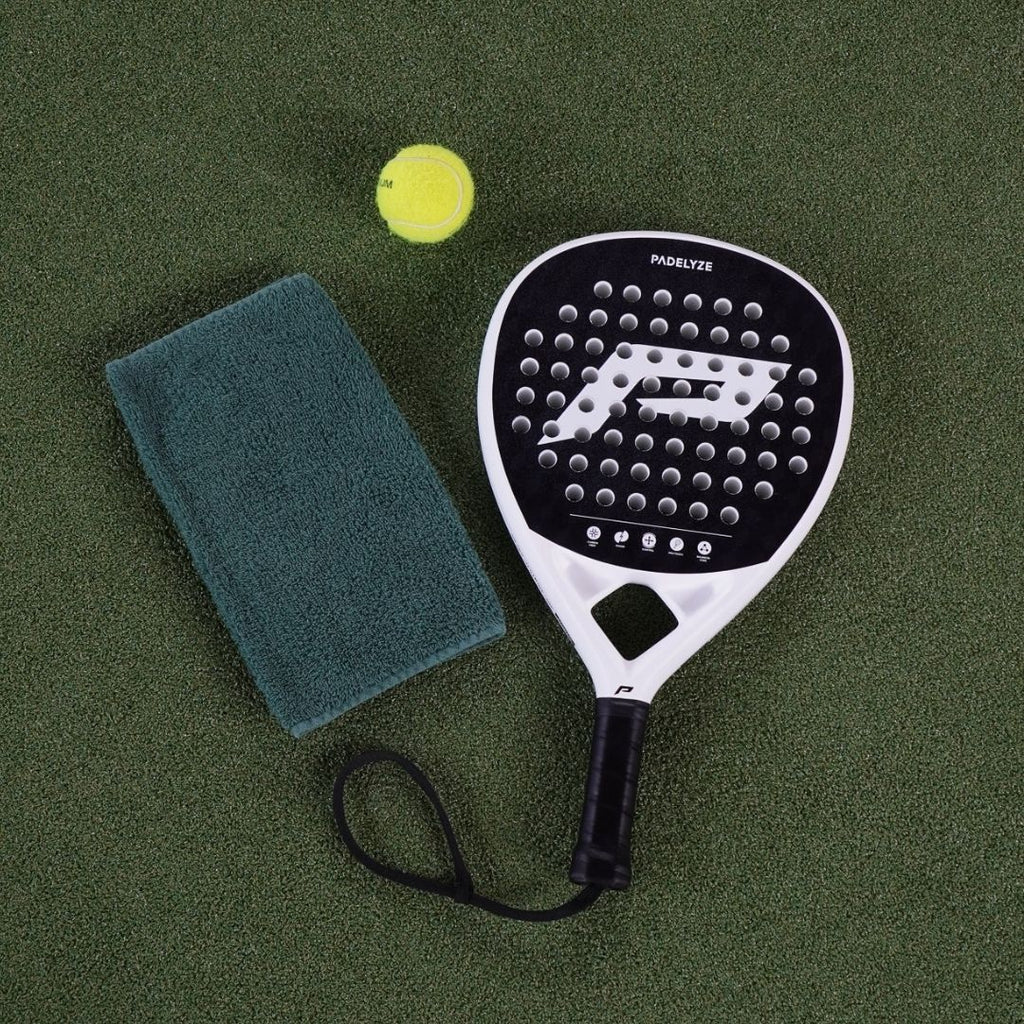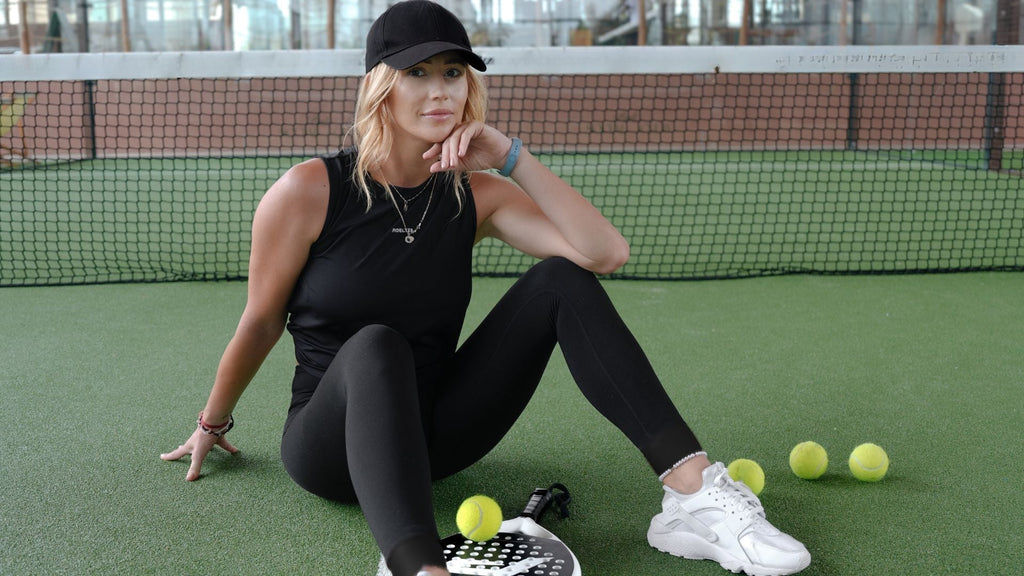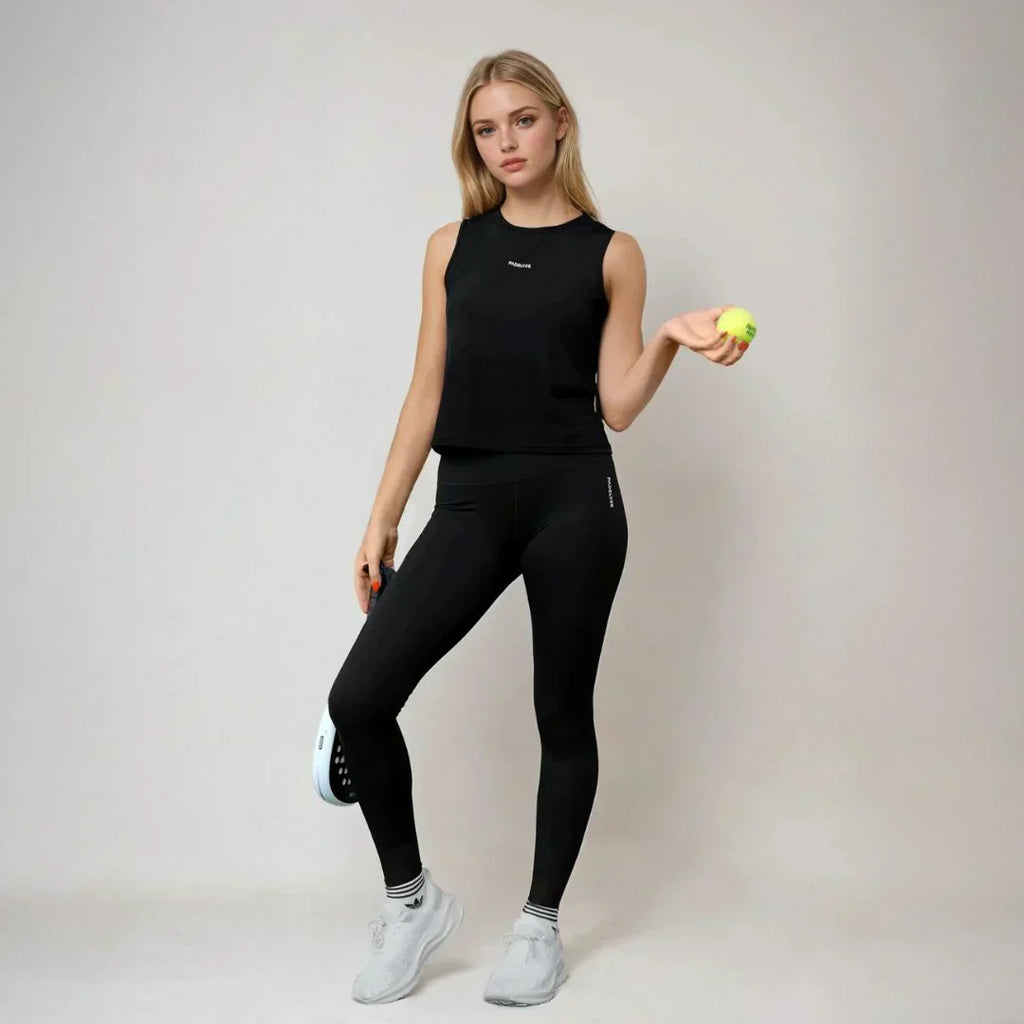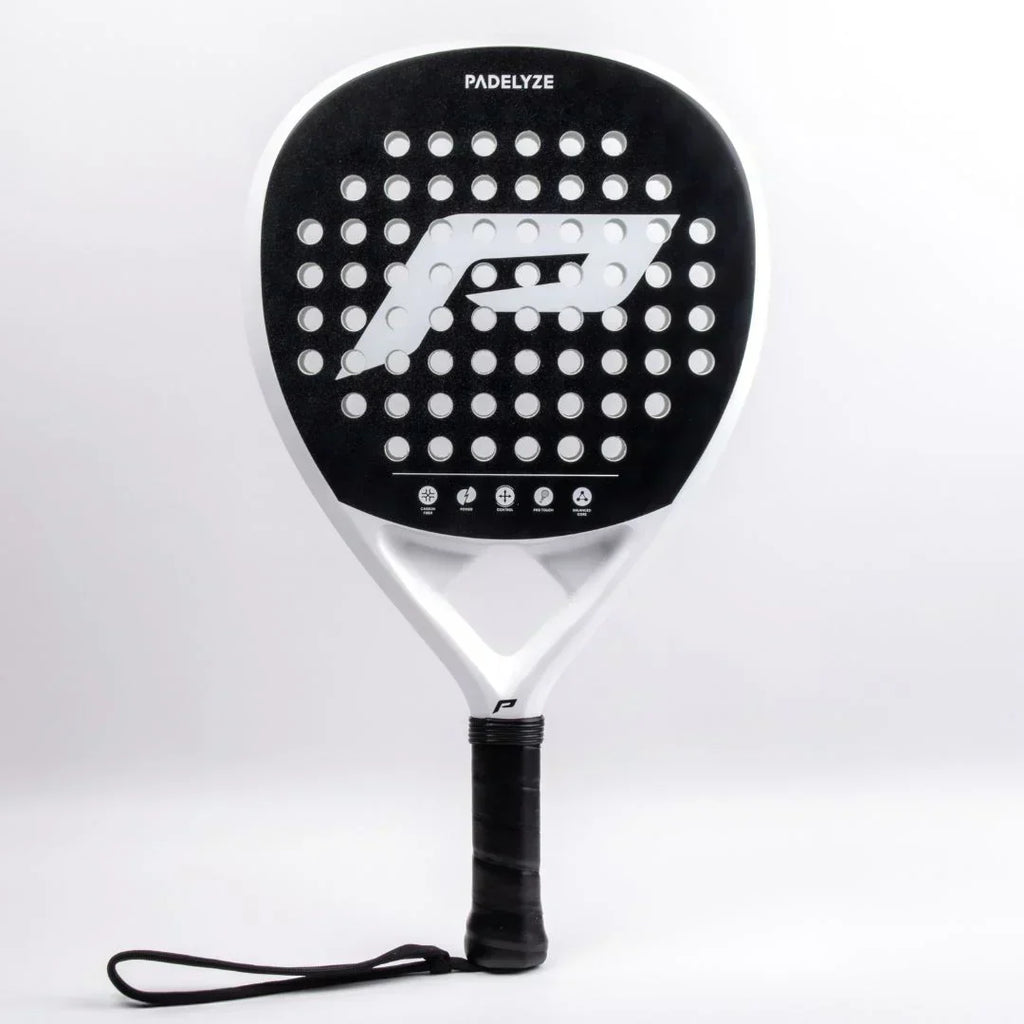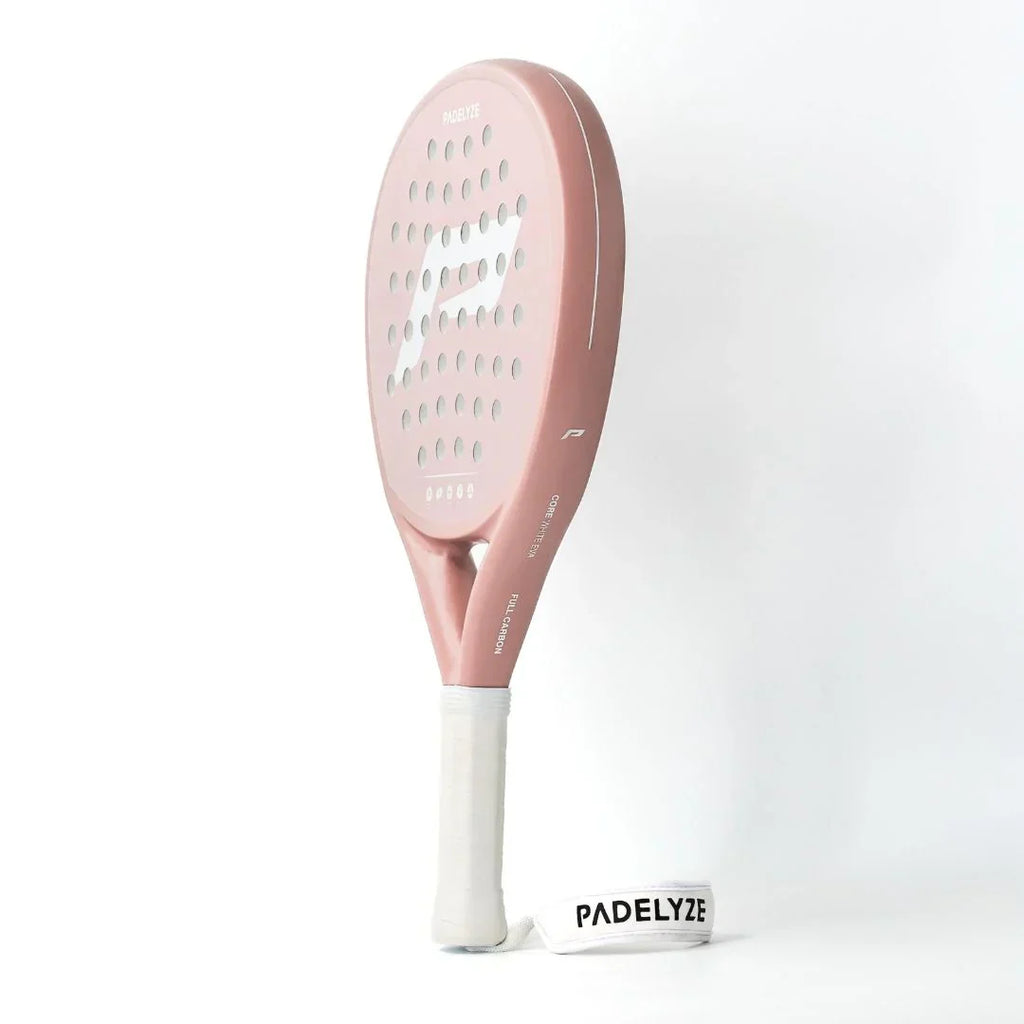Carbon vs Fiberglass Padel Racket: What Should You Choose?
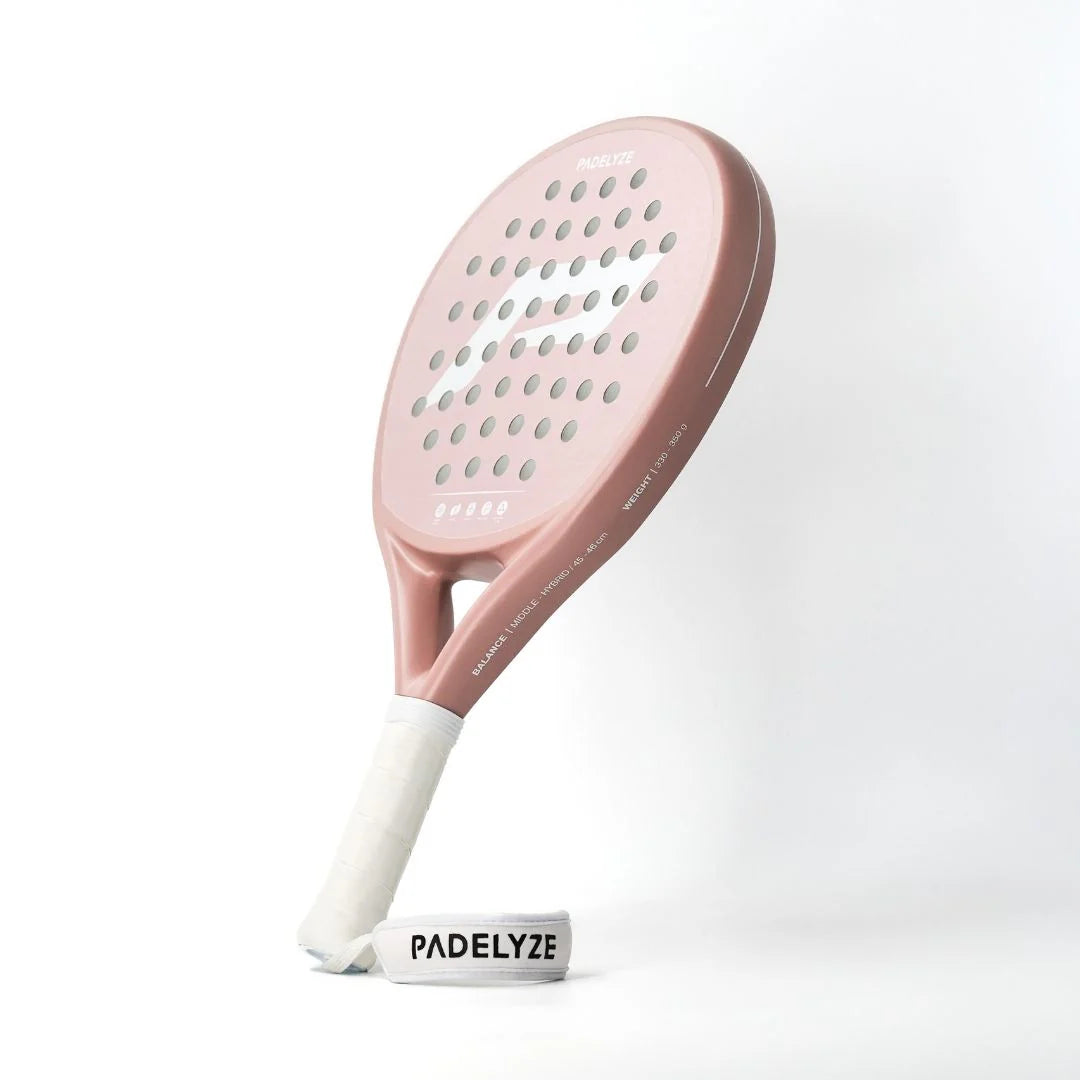
Understanding the Basics: Carbon and Fiberglass Explained
Key Differences Between Carbon and Fiberglass Padel Rackets
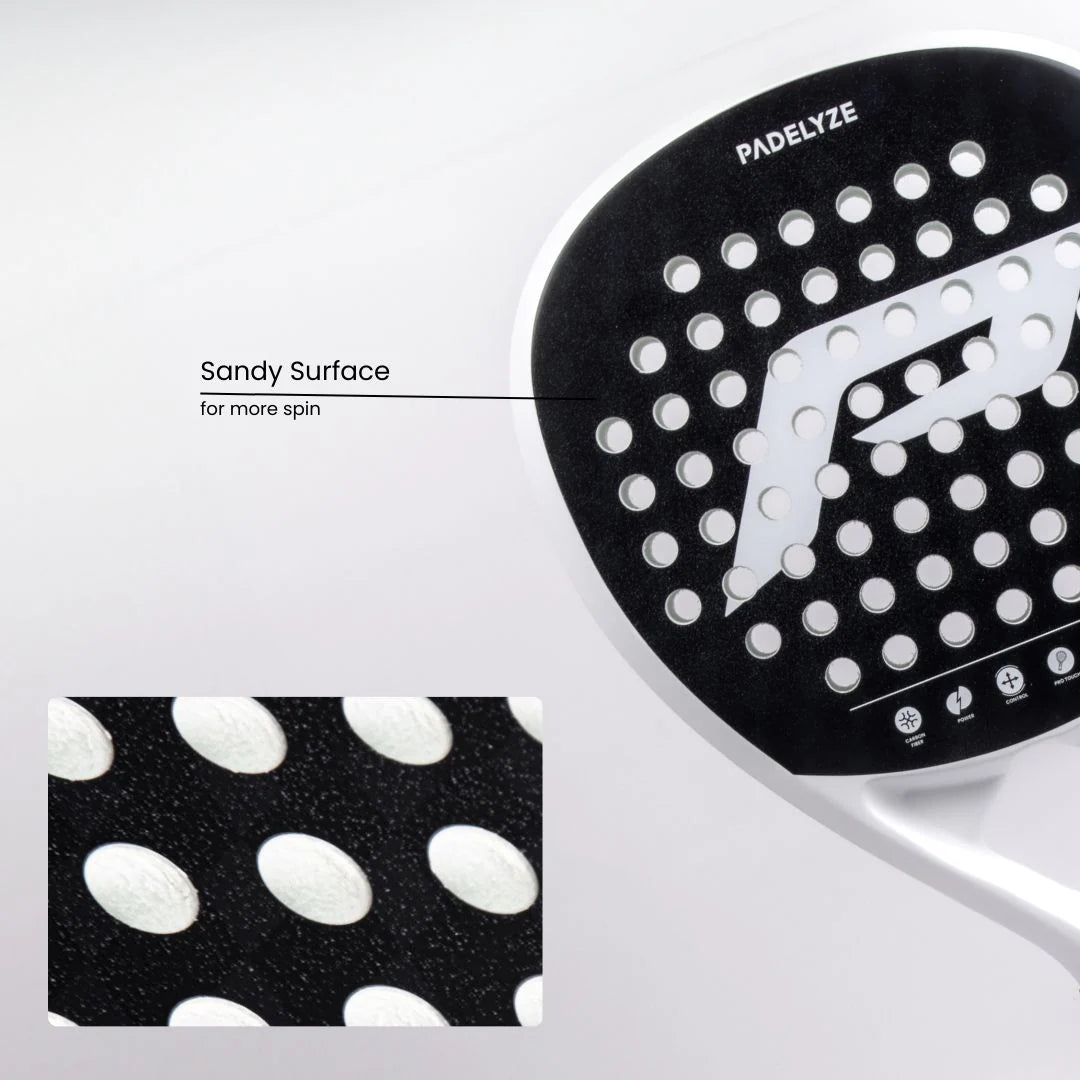
1. Power vs Control
2. Durability and Longevity
3. Weight and Feel
4. Price Point
Which One Is Better for Your Skill Level?
Pros and Cons Summary
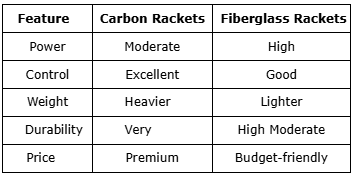
Expert Tip from PADELYZE
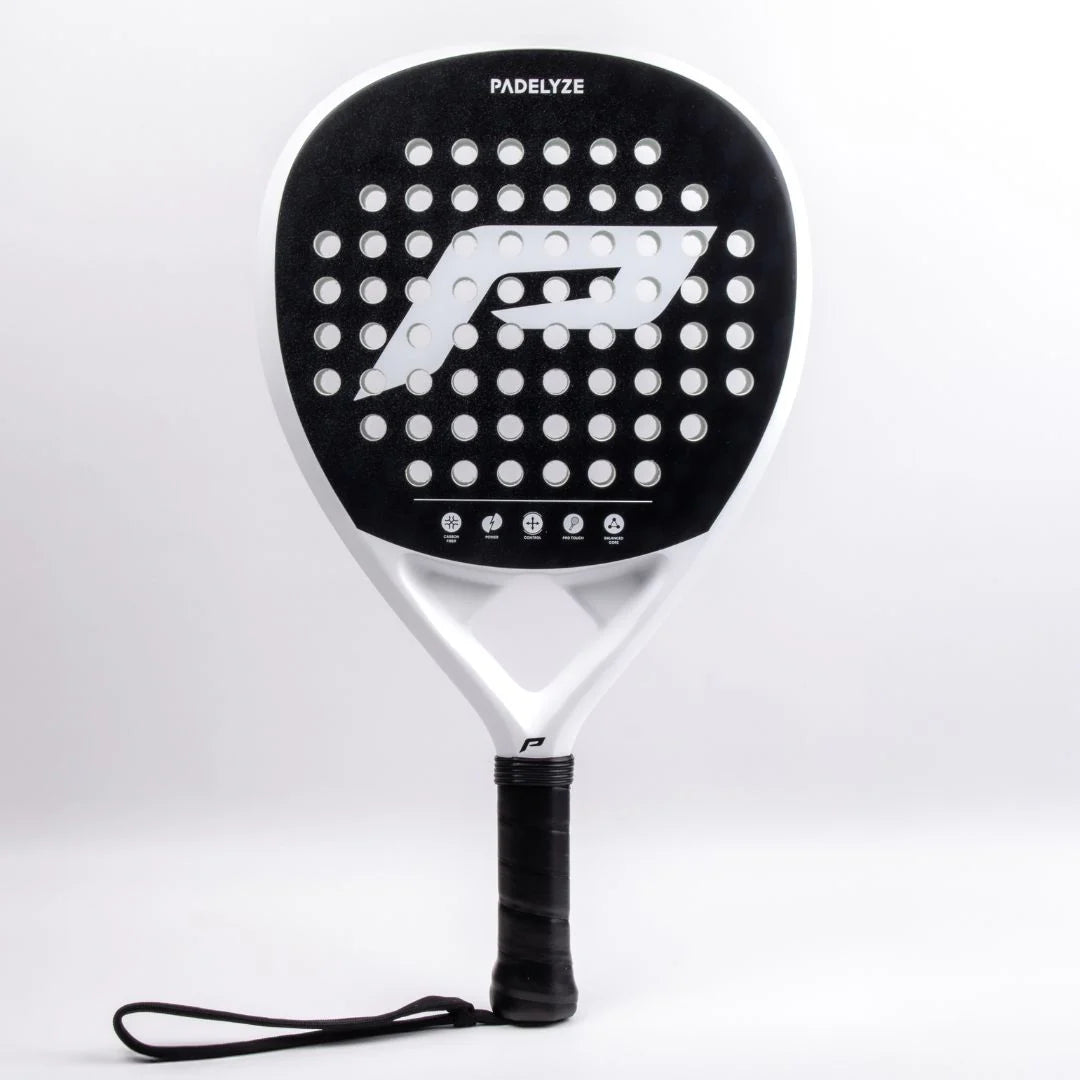
Final Thoughts
Frequently Asked Questions (FAQs)
Contents
You may also like
In this guide, you’ll discover practical padel beginner tips to help you develop strong fundamentals, improve court awareness, and play smarter — not harder.
Learn how many calories you burn playing padel, what impacts the burn rate, and how padel compares to other sports. Get fitness insights with PADELYZE.
Understand the key differences between padel and tennis balls and see how the right choice can improve your game and performance on the court. Learn today!
Padel for women has quickly become more than just a trend—it's a movement. Whether you're looking for a fun way to stay active, a new social outlet, or simply want to challenge yourself with something exciting, padel offers the perfect mix of fitness, fun, and community.
Padel is a fast-paced sport, and it’s no surprise that many players experience wrist pain or tennis elbow over time. While this may seem like a minor inconvenience at first, these issues can become more serious if not properly addressed.
Padel, a fast-paced and exciting racquet sport, is growing rapidly worldwide, especially in Europe and Latin America. If you’re new to padel, one of the first things you’ll need to understand is the padel scoring system.
Whether you're a seasoned player or a beginner, the right clothing is essential for your padel game. Unlike other sports, padel involves quick movements, frequent pivots, and sudden sprints.

